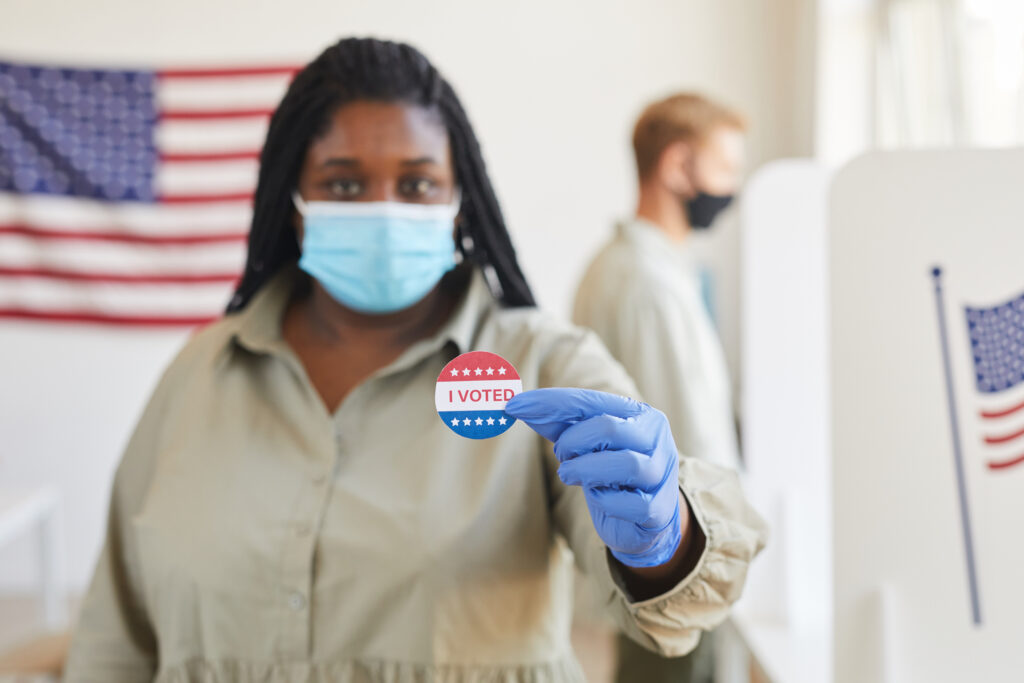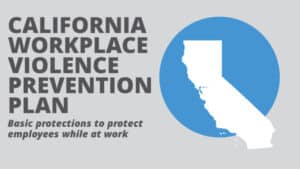By Christopher B. Dolan and Vanessa C. Deniston:
This week’s question comes from Stella M. who asks:
Q: I am interested in volunteering as a poll worker in my county on Election Day, but I am concerned about the health & safety ramifications. Hundreds of people will likely be funneling through polling stations on November 3rd, while we are in the middle of a global pandemic. What steps are being taken to protect the health and welfare of both volunteers and citizens?
A: Dear Stella,
Thank you for your question. Your enthusiasm to volunteer is admirable, as is your healthy respect for the Covid-19 virus. First, you should evaluate if volunteering in person makes sense given your own health. If you are immunocompromised or otherwise fall into a high-risk group, in-person volunteering would pose a considerable risk. If poll working is too great a risk for you, there are a great number of ways to help get out the vote, such as phone banking, ensuring voters have a ride to the polls, helping by talking voters through the mail-in-ballot process, and assisting individuals in obtaining a valid ID.
If you are not in a high-risk category and you want to volunteer in person, the CDC has released guidelines to keep poll workers and citizens safe, though there will always be risk involved. The CDC recommends three strategies in helping reduce risks during the election process.
The first strategy is offering a wide variety of voting options, including: voting by mail, early voting or voting in person. In June 2020, Governor Newsom signed a law requiring counties to drop off mail ballots to every active registered voter, whether or not requested. Counties are also required to open one ballot drop-off location for every 15,000 registered voters 28 days before election day.
The second strategy is offering longer voting periods through early voting periods and longer operating hours on Election Day. Given the economic effects of the COVID-19 pandemic, venues traditionally used as polling places such as community centers, retirement homes and churches are harder to utilize safely. In August 2020, California Senate Bill 423 was approved giving counties the ability to merge precincts, as long as voter ratios remain intact. These consolidated polling places are required to be open from October 31, through Nov. 2 for at least eight hours each day and from 7 a.m. to 8 p.m. on Election Day.
The third method involves implementing rigorous safety protocols at polling stations. California’s Secretary of State has set out a number of measures to be taken before volunteers arrive at their assigned polling place as well as while they are volunteering. Poll workers must make every effort to stay healthy prior to service, including engaging in self-screening, temperature and symptom checks, frequent hand-washing and use of hand sanitizer, wearing a face covering, and observing social distancing guidelines leading up to service.
Once inside the polling place, poll workers should continue to take these safety measures. Polling stations should be configured to ensure traffic flow is conducive to social distancing guidelines and face-to-face interactions are minimized. Check in stations should be placed six feet apart from one another and floor markers should indicate appropriate distances as well as help directional flow. Voting booths should also be placed six feet apart from one another, as well as six feet apart from the check-in desk and scanner. Some sites with limited space may receive plexiglass or other partitions which can block air flow between booths. The scanner station is recommended to be near an exit, preferably at the opposite side of the entrance with an exit through a different doorway. Keeping doors and windows open for extra ventilation is also recommended.
As a poll worker, you will be tasked with routinely disinfecting commonly used surfaces, such as door handles, pens and voting booth equipment. You will also be guiding voters safely through the physical voting process, which will require maintaining social distancing and giving clear and audible verbal instructions. Poll workers are advised to ask each voter to use hand sanitizer and should not provide the voter a ballot until the hand sanitizer has dried.
Poll workers should wear a mask at all times and may need gloves, considering that some voters could be asymptomatic. Should a voter arrive without a mask, free masks will be available for use. It is important to know voters cannot be turned away for failure to wear a mask. This may mean poll workers will have to adjust the flow of traffic to ensure the voter is kept as socially distanced from others as possible. One voting booth should be placed further away than others for mask-less voters. Poll workers should offer verbal assurances that the citizen will be allowed to vote, despite not having worn a mask. Should a citizen become hostile or aggressive, poll workers should have an agreed upon phrase to signal a call to security or law enforcement.
Should you decide to volunteer your time, be sure to review both the CDC guidelines and California State Guidelines for poll workers ahead of your date of service. Good luck, stay safe and we thank you for playing this important role in ensuring a free, fair and accessible election for all Californians.










